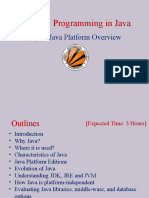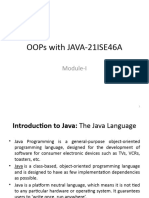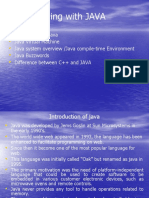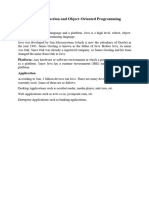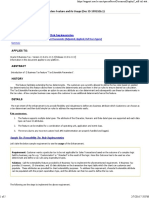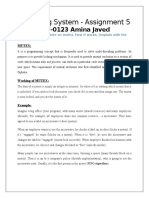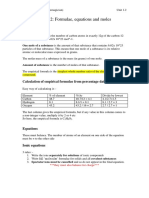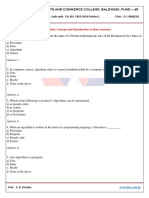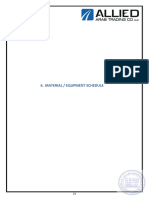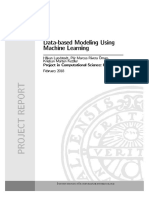0% found this document useful (0 votes)
72 views15 pages963.introduction To Java
Java is both a programming language and platform. It originated from Oak programming language in 1990 and was renamed Java in 1995. Key features include being simple, portable, robust, secure and having automatic memory management. Java code is compiled to bytecode, run on Java Virtual Machine (JVM) which executes the code on various platforms. The Java platform consists of JDK for development and JRE for execution, which includes JVM and core Java APIs.
Uploaded by
Palak GoyalCopyright
© Attribution Non-Commercial (BY-NC)
We take content rights seriously. If you suspect this is your content, claim it here.
Available Formats
Download as PPT, PDF, TXT or read online on Scribd
0% found this document useful (0 votes)
72 views15 pages963.introduction To Java
Java is both a programming language and platform. It originated from Oak programming language in 1990 and was renamed Java in 1995. Key features include being simple, portable, robust, secure and having automatic memory management. Java code is compiled to bytecode, run on Java Virtual Machine (JVM) which executes the code on various platforms. The Java platform consists of JDK for development and JRE for execution, which includes JVM and core Java APIs.
Uploaded by
Palak GoyalCopyright
© Attribution Non-Commercial (BY-NC)
We take content rights seriously. If you suspect this is your content, claim it here.
Available Formats
Download as PPT, PDF, TXT or read online on Scribd
/ 15




































